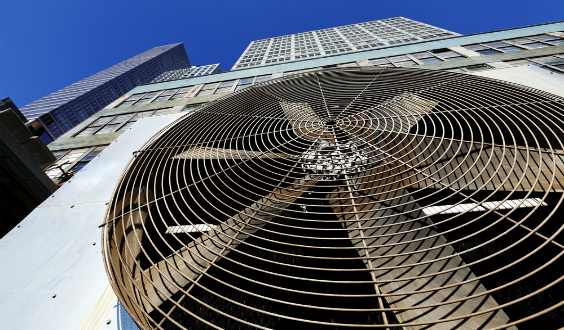Dharmesh Sawant of LG Electronics enumerates the various aspects that need to be considered while arriving at the right kind of air conditioning equipment for a building.

Image credit: elbud/ Shutterstock.com
Dubai, UAE: Dubai has launched a building retrofitting initiative, with the government targeting 30,000 out of the stock of over 120,000 existing buildings in the emirate. In the case of retrofitting projects, it is important to ensure that the air conditioning system that is selected fits the available electrical load. In Dubai’s Karama area, which has seen a massive retrofitting drive by Wasl Properties, the connected electrical load is available. So it is critical to fit the air conditioning systems there to the connected load.
Broadly speaking, all air conditioning systems need to comply with the various regulations, be they issued by Dubai Municipality, Trakhees or the Urban Planning Council in Abu Dhabi.
A third aspect is the ease of installation and maintenance. The fewer the number of outdoor units and the number of pipes in the shaft the better. Also, it is important that consultants and contractors have the benefit of piping flexibility for high-elevation structures.
The facility for independent billing and redundancy are other aspects for consideration, as is energy efficiency. VRF systems are able to give an efficiency of 1.1kW/TR, as opposed to 1.7kW/TR by CACs. A one-on-one system uses a capillary tube or thermostatic expansion valve, so it is not possible for the system to give the kind of efficiency that a VRF system can give. Also, VRFs comply with all local regulations.
Then, there is the flexibility that VRF systems offer. A one-on-one system offers 30-50 metres elevation between the outdoor and the indoor unit, whereas, a VRF system offers 110-225 metres, making it an attractive option.
Copyright © 2006-2025 - CPI Industry. All rights reserved.